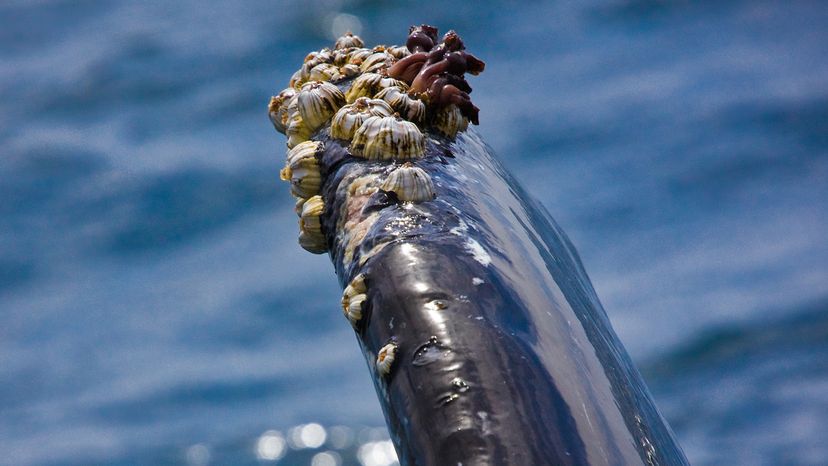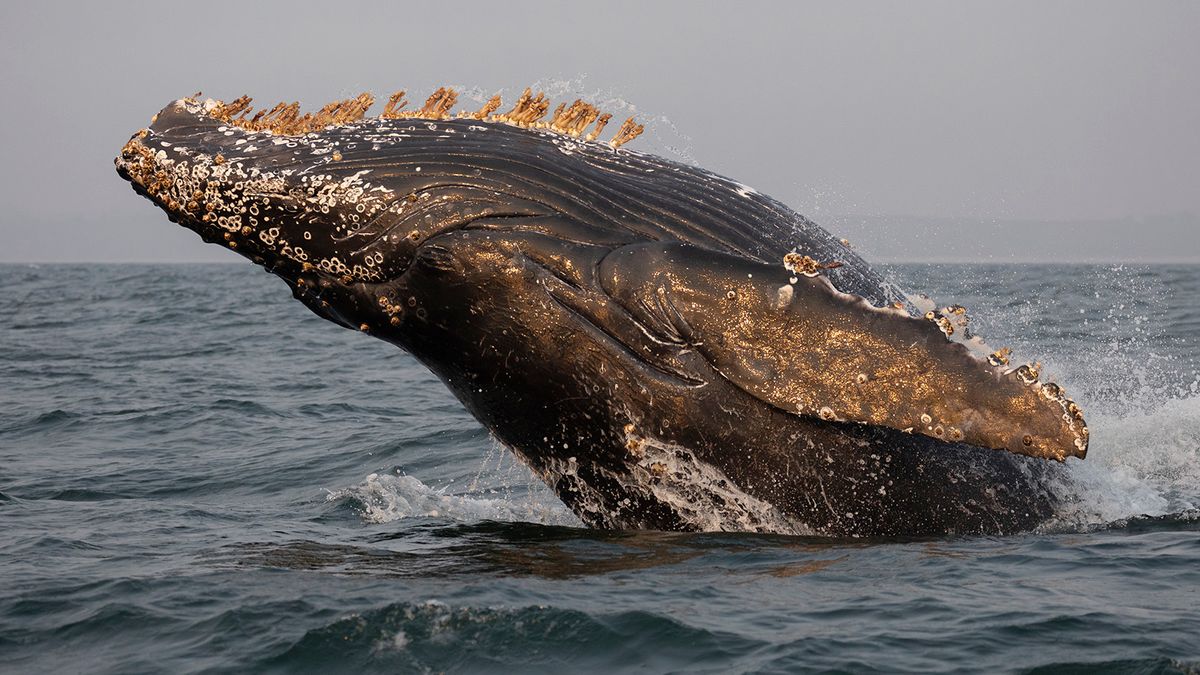
It all starts when barnacle larvae — tiny, free-floating plankton — come into contact with a whale’s body. In particular, areas like the flippers, tail and head are ideal sites for attachment.
Once the young barnacles find a spot, they settle and form shells with wall plates that anchor into the whale’s skin.
Unlike true parasites, barnacles don’t suck blood or tissue. They are filter feeders, grabbing food particles from the surrounding ocean as the whale swims. However, they can cause tissue damage in some cases, especially when barnacle clusters grow too large or detach.











